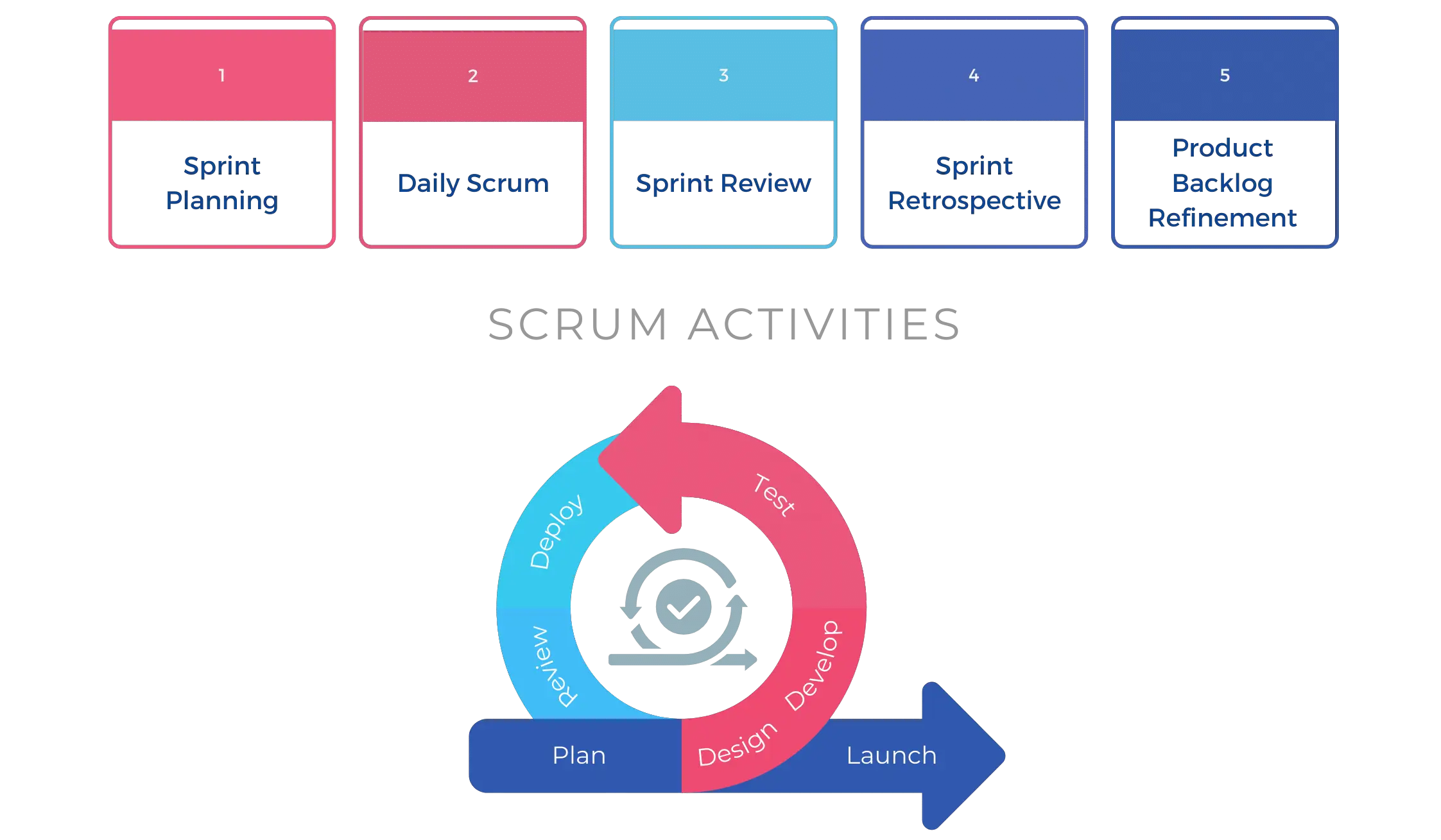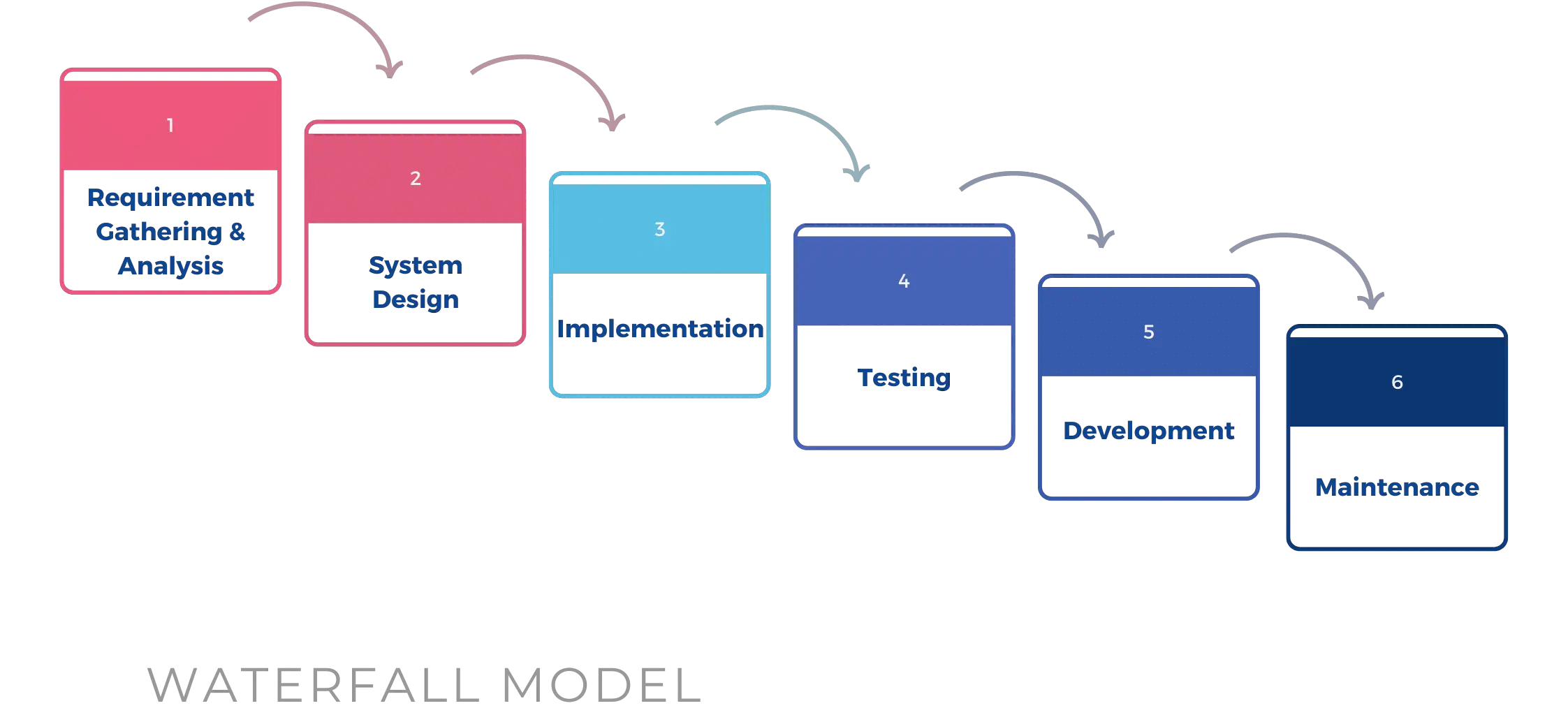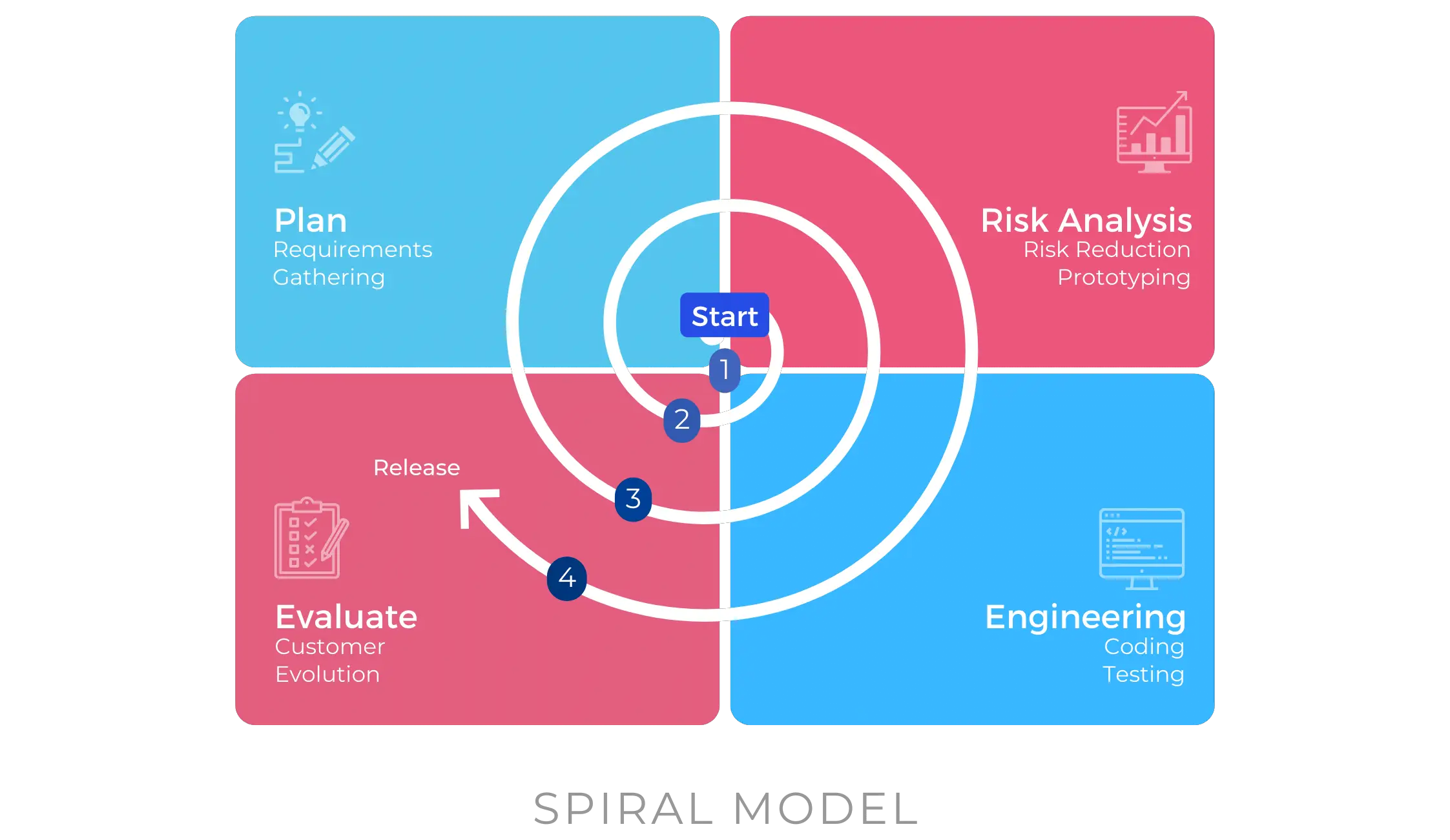



SparkMinds' working flow and the way a project is proceeded:
| A data-driven approach is taken to determine a comprehensive strategy for the project. Through stakeholder interviews and extensive research, we understand the goals and objectives of the site. | We ensure the site is scalable and select the best platform for performance and user experience. Simplicity is key to ensure intuitive design for early users. | We roll out the site and monitor performance with continuous assessment. Initial data provides insights into improvements. | Using validated data from testing, we enhance the best aspects of the site for scalability and efficiency. |
| 1. SCOPE | 2. CREATE | 3. LAUNCH | 4. OPTIMIZE |
|
|
|
|
Our team is highly skilled and experienced in implementing and executing comprehensive quality assurance measures to ensure the delivery of flawless software solutions.
1. Fixed Price Contract
2. Dedicated Contract
3. Burn-Hours Contract
A. The Agile Approach
1. Integration: The Agile Development Approach
The concept of “Agile Software Development” is widely known as a flexible method of software development, which is applied in the software development process with the goal of bringing the product to the users as soon as possible.
In particular, it provides software developers with a management solution that helps teams create a better, faster product through short sessions and interactive sessions/sprints. Agile is a process based on multiple repetitions rather than just only one effort, and it recognizes objective feedback rather than subjective ones.
This method presents several compelling potential benefits for firms:
2. Application: The Scrum model
Scrum is one of the most popular Agile methodologies - a framework for managing work with an emphasis on software development.
Scrum supports a flexible product development strategy in which development teams work as individual units to reach a common goal. Based on the old Waterfall approach including several testing and bug-fixing cycles before a product is released, Scrum is much more collaborative and iterative.
Scrum typically includes a few key roles:3. Implementation: The Scrum Model
During the Scrum activities, there are 5 common steps:
*Technical terms:
The team will then focus 100% on completing that scope of work for the duration of the Sprint. Changes will be accepted only if it does not affect the Sprint Goal.
4. The Values
B. The Waterfall Model
Besides Agile Approach, “Waterfall” is also one of the popular methods used in technology corporations/firms nowadays.
The Waterfall model is a linear, sequential approach to the software development lifecycle (SDLC) that is popular in software engineering and product development. The waterfall model uses a logical progression of SDLC steps for a project, similar to the direction water flows over the edge of a cliff. It sets distinct endpoints or goals for each phase of development. Those endpoints or goals can't be revisited after their completion. In the Waterfall method, each step is dependent on the output of the previous step. There's a linear progression to the way these projects unfold. This methodology is good for teams and projects that want to develop a project according to fixed or unchanging requirements set forth at the beginning of the project. Waterfall projects have a high degree of process definition with little or no output variability. "Waterfall" is also a good choice if the project is constrained by cost or time
In the Waterfall method, each step is dependent on the output of the previous step. There's a linear progression to the way these projects unfold. This methodology is good for teams and projects that want to develop a project according to fixed or unchanging requirements set forth at the beginning of the project. Waterfall projects have a high degree of process definition with little or no output variability. "Waterfall" is also a good choice if the project is constrained by cost or time
In software development, if an application needs to work on the first try at the risk of losing customers, “Waterfall” is a suitable method because it sets out to achieve that goal.
C. The Spiral Model
The Spiral Model is a Software Development Life Cycle (SDLC) model that provides a systematic and iterative approach to software development.
It is based on the idea of a spiral, with each iteration of the spiral representing a complete SDLC, from requirements gathering and analysis to design, implementation, testing, and maintenance.
The Spiral model is one of the most important Software Development Life Cycle models, which provides support for Risk Handling, meaning that the focus is on managing risk through multiple iterations of the software development process. It consists of the following phases:
 Each phase of the Spiral model is divided into four quadrants as shown in the above figure. The functions of these four quadrants are discussed below:
Each phase of the Spiral model is divided into four quadrants as shown in the above figure. The functions of these four quadrants are discussed below:
The Radius of the spiral at any point represents the expenses(cost) of the project so far, and the angular dimension represents the progress made so far in the current phase.
When to use the Spiral Model?
Don’t Hesitate, Contact Us Now!